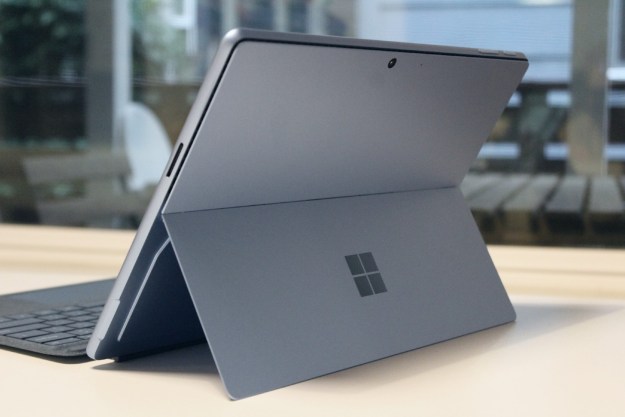Microsoft has announced a new milestone for Windows, the company’s operating system: It has officially reached 900 million active devices.
The news officially broke on Twitter when Yusuf Mehdi, corporate vice president of Microsoft’s Modern Life, Search & Devices Group, tweeted out the company’s latest accomplishment.
Specifically, Mehdi pointed out that the company has “added more Windows 10 devices in the last 12 months than ever before.” In addition to PCs, Microsoft is also counting other devices that are actively using Windows 10. This includes the HoloLens smartglasses, the Surface Pro Hub, and Xbox One gaming consoles to name a few. Of course, it’s highly probable that a vast majority of the devices using Windows 10 are PCs.

This is not the only significant achievement Windows 10 has reached this year. Earlier this year, Microsoft confirmed that Windows 10 had seen a 100 million increase from just last March, when the operating system was officially powering more than 800 million “active” devices worldwide.
Additionally, an increase in the numbers might also have something to do with Microsoft announcing that it will be discontinuing free support for Windows 7 starting on January 14, 2020. With support for Windows 7 ending very soon, it’s no surprise that a majority of its users are switching over to Windows 10, with a high probability that more individuals will be switching over to Windows 7’s successor by the end of the year. Either way, Windows 10 is bound to hit the 1 billion device mark very soon.
Microsoft is continuously looking for ways to innovate and improve Windows 10 and the Windows platform as a whole. Reports are circulating that Microsoft may introduce Windows Sets in the near future. There have also been rumors that Microsoft could release a lighter operating system later this year dubbed “Windows Lite.”
We are also less than two weeks away from Microsoft’s annual Surface Hardware event. This year’s event is projected to be a big one, with the company expected to flaunt new updates and models for all of its product lines, and perhaps even a revised model of the Surface Pro’s stylus.
Editors' Recommendations
- You’re going to hate the latest change to Windows 11
- The most common Windows 11 problems and how to fix them
- Microsoft announces a new threat to push people to Windows 11
- Windows 11 vs. Windows 10: finally time to upgrade?
- Windows 11 24H2 or Windows 12? Here’s what’s coming soon




